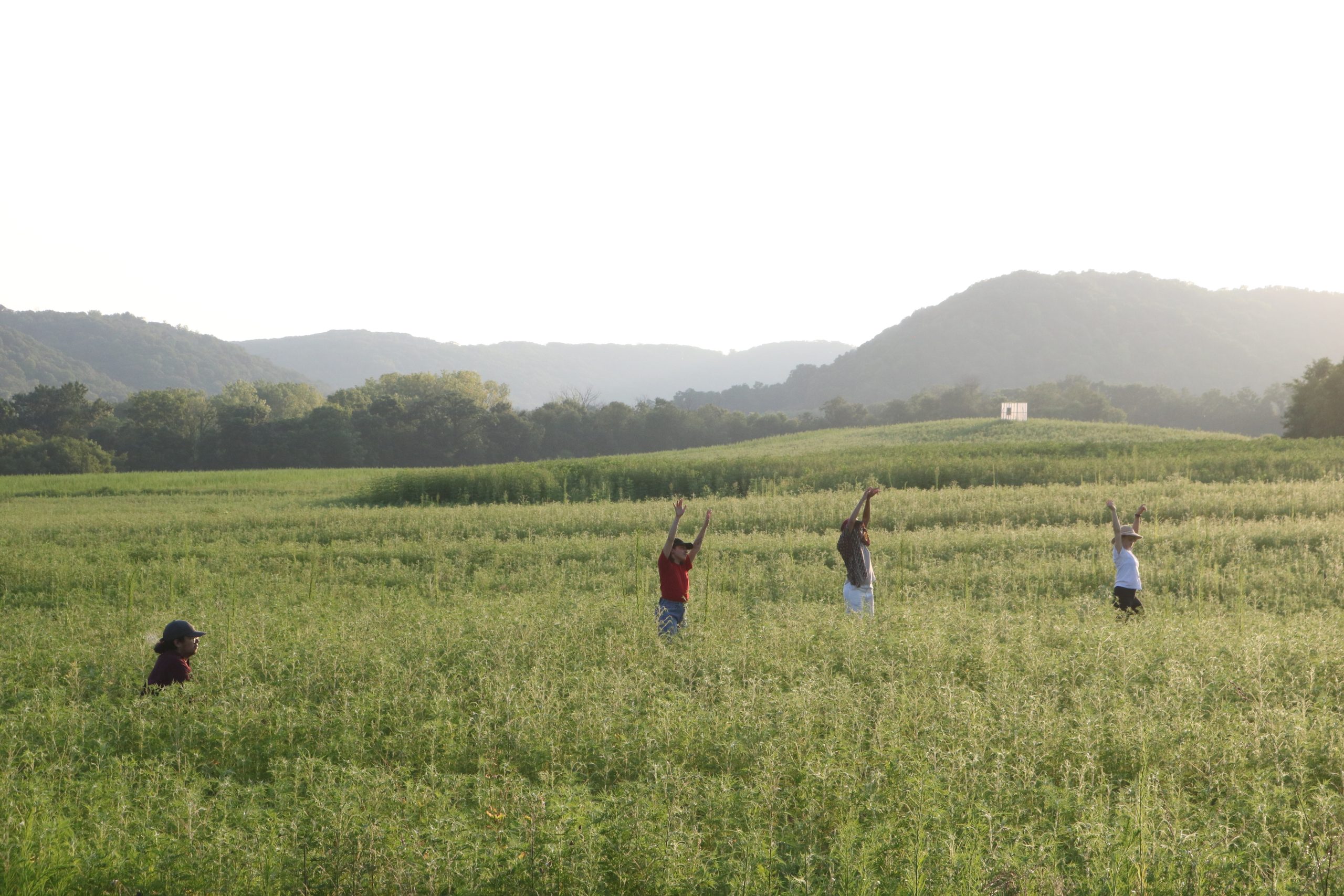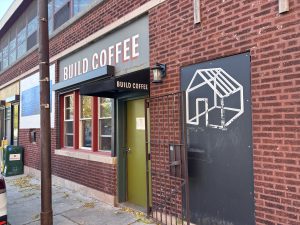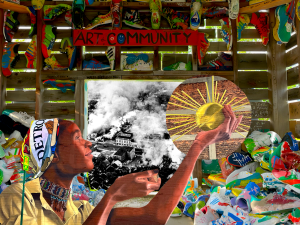The following is an essay and reflection by Kate Bowen, originally published on MDW Atlas in August 2022 and edited by Mairead Case of MDW Fair and guest editor Tempestt Hazel from Sixty Inches From Center.
We are indeed still learning in the generous and grace-filled rooms where we find ourselves in community. In the larger field of the arts sector, the lessons have been lived, and the people are tired. For the arts sector to change, institutions must be honest, transparent, and capacity-centered about how money operates in our lives and communities.
Change requires complexity, nuance, vulnerability, and care. It demands capacity and risks that institutions are unwilling or unable to take. Change can’t be grasped in any number of afternoon DEIA training sessions, because it also must be lived. Paying people for their work and compensating them in a way that considers the wholeness of their lives—by accounting for the system they live in—is an opportunity to give workers the long-fought-for rights to the resource of time. Beyond rest, time invites people to express themselves and their ideas to contribute to change.
Alongside the many arts workers, organizers, and advocates who are calling for greater institutional transparency and collectively working toward an equitable future, I will share a few key moments that have shaped my understanding of money and transparency during my career in the arts. These are small moments that come from my first efforts to enter the field of art as a student and an early experience as a teacher, which inform my current role as the Executive Director of the arts non-profit, ACRE (Artists’ Cooperative Residency & Exhibitions).
My entry into graduate school at Columbia College was a day of crisis and collapse in the US financial market, marking the beginning of the Great Recession of 2008 and portending the currently impending recession. I remember listening to the news with a stranger on my way to class. We tried to explain to each other what we were hearing, and speculated on what it would mean for our lives. Our graduate cohort was oriented to the program by a professor who encouraged us to quit our jobs and invest all of our resources into our practices to avoid being distracted. Distractions, in this case, meant that I was to quit my job that allowed me to pay for frivolous hobbies like renting an apartment and attempting to curtail massive life-shaping amounts of debt. We were meant to have faith that our commitments would equal our rewards, which, though undefined, were clearly scarce. I was struck by the insistence that we ignore the financial implications of undertaking a master’s program costing nearly $40,000 a year. This pep talk contrasted sharply to the collapsing financial systems happening “outside” the institution.
My time at Columbia College and the mentorship I received extends beyond this moment. I assume the humanity of the professor who intended to encourage us to be excited about being artists and bring our whole selves to our practices. The message served was nonetheless disappointing and dishonest.
By insisting that our value is tied exclusively to our ability to commit resources to our success, we ignore the material reality of anyone without substantial resources and absolve the institution of its responsibility to invest in our success. The myth is that if we can’t “make it,” then we don’t want it bad enough. Such thinking fails to consider people as whole parts within a whole system. We should be honest about what it takes to get jobs, find opportunities, and “make it” in the arts. The current system encourages paying to play through student loans. The arts sector relies heavily on informal economic activity for advancement. We should acknowledge the invisibility of wealth, how quiet money makes it impossible to conceive of the access and power it provides, and how effortless access to power can appear. When young artists make a significant financial investment in their practice, we owe it to them to ensure they understand the true costs of that investment. Beyond understanding, institutions should make reciprocal investments in the students they matriculate with supportive resources that offer tangible benefits to arts workers emerging in our field.
After school, I entered the arts sector as a freelance worker. Through graduate school connections and my job at the MoCP (Museum of Contemporary Photography), I was hired as a Teaching Artist with After School Matters (ASM). I co-facilitated a photography program from 2011 to 2016. Like many Teaching Artists, I loved the time I spent with students, but the job came with unpaid labor that felt exploitative. Unpaid administrative work is a constant in the arts sector, especially for freelance workers. Teaching Artists often develop curriculums from scratch, manage budgets and inventories, handle communications, and manage multiple stakeholder relationships without compensation. Mandatory, often unpaid professional development workshops included time with highly paid consultants. Consultants who appeared to have minimal classroom experience while adding time and frustration to my thinly stretched schedule.
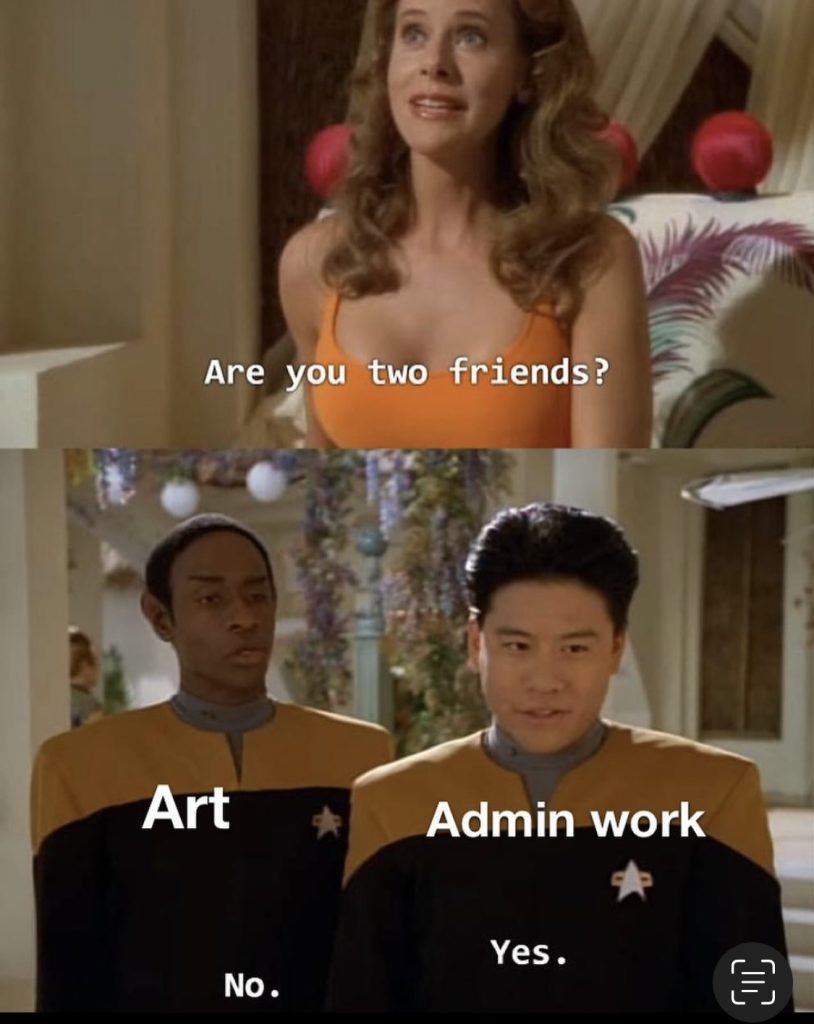
On more than one occasion, I had conversations with supervisors requesting that students create artistic material for advertising or be sold in the ASM shop. I pointed out the true cost of production, noting that extra work required additional funds. I suggested we use this opportunity to teach students about commissions, budgeting, royalties, pricing, cost of labor, and other useful, relevant lessons for sustaining a livelihood in and outside the arts. After all, I wouldn’t accept a promotional project or commission as an artist without additional pay. Why would I put my students in that position? Creating ethical support systems for students and teachers was beyond the scope of our work and typically ended the conversation.
To be fair, these negotiations offered informative lessons for a career in the arts. Institutions see artists as content and when institutions refuse to understand (or choose to undervalue) the labor artists perform, they think they can get it for free. Again, I want to point to the best intentions of the folx I worked for and note this experience is not exclusive to ASM. Exploitation is baked into most of the contract work I have performed for institutions large and small. They themselves were responding to the demands of the larger institution and its need to demonstrate the fulfillment of its mission through production or material outcomes. While pointing out cycles of institutional exploitation, I also want to reiterate that best intentions are a part of these cycles. We are embedded in a system that isn’t human-centered or invested in equity because we are overburdened by demonstrating need and proving the value of our services. Fragility is part of the game; it is the accepted norm within which we operate.
To stay in the arts, I have arranged my life around the instability of building a career in the arts. I’ve worked as a curatorial assistant, a preparator, a teaching artist, adjunct instructor, studio assistant, technician, secretary, freelance photographer, photographer’s assistant, gallery sitter, bartender, and server. In addition, I’ve volunteered, donated my artwork, administrative labor, and contributed countless hours of unpaid labor. I volunteer because I care about what is being created. My artistic practice is the collaborative labor of community production within an arts ecosystem. In some contexts, I’ve worked unpaid labor because I thought it was required or I felt I couldn’t say no. I often said yes when I thought it might ingratiate me to those in power, encourage them to take me seriously, or make me invaluable, ensuring I would have paid work in the future. It’s taken me a long time to learn about how money operates and influences my experience in the arts.
I am now the Executive Director at ACRE. I make $50,000 a year with health insurance benefits. After being hired in 2018, I received my first raise this May. Previously all full-time staff at ACRE made $40,000 annually. ACRE employs three full-time workers, including myself. My position as Executive Director is my first full-time salaried job in the arts. I have $135,876 in student debt. I have medical debt and artist production debt. I have almost no savings and few assets, primarily a car and photo equipment. To live in Chicago for the past ten years, I have worked three to five jobs simultaneously, excluding additional freelance gigs. I’ve utilized public assistance programs, maxed out credit cards, borrowed money from family members, and leaned on my community for support.
Much of my professional experience in the arts sector has been within not-for-profits. Socio-cultural value is abundant in these areas of the arts sector that make up the creative core, but resources are presented as scarce. About twenty to forty percent of arts workers are employed in the creative core of the arts and culture sector as administrators, artists, and technical creatives. The labor of arts workers is essential to the overall productivity of the sector. We produce the majority of arts and cultural products, and our work undergirds the non-profit and commercial art worlds [1]. As much as we like to believe that it’s only our passion, talent, drive, and greater purpose that sustain this work, like any other sector, we labor for wages. Without investment of resources in creative core workers, the arts sector risks substantial creative loss.
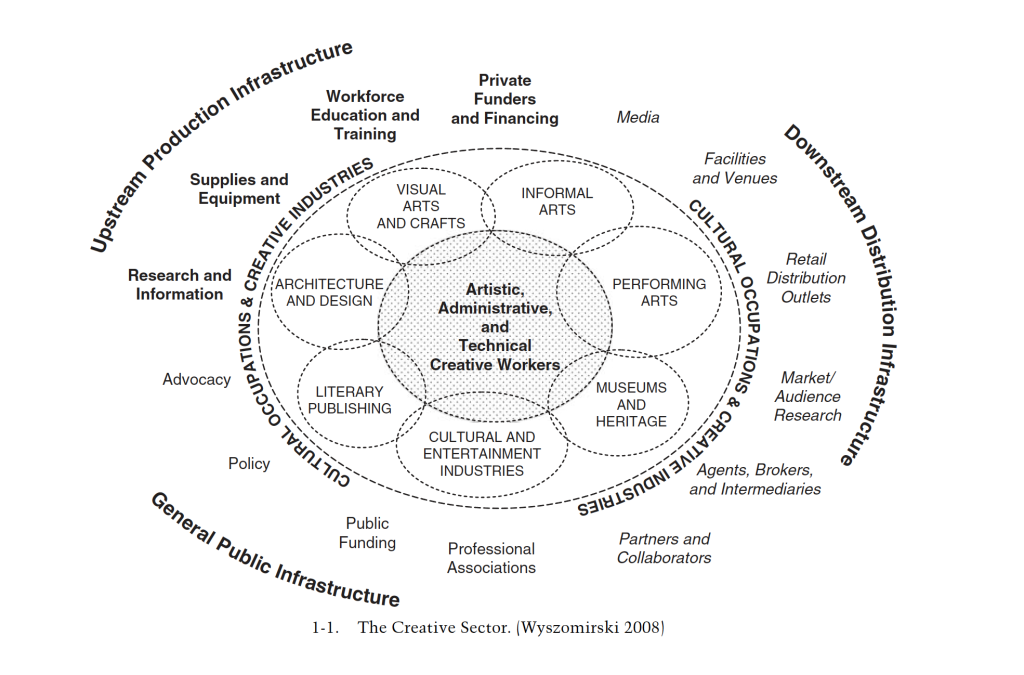
Working in the arts sector, I have often felt that the work I am given is framed as a gift and wages paid are the “the best that organizations say they/we can do.” Alternatively, I must feel bad if I am the only one being paid or if I insist on benefits and other securities that support me as a human person. In the latter case, I have to work harder and longer than anyone else to prove why I deserve to be paid. There is a constant questioning of whether or not I deserve to be here, both internally and externally. That feeling of “why do you deserve to be here” is part imposter syndrome and part the culture of the field.
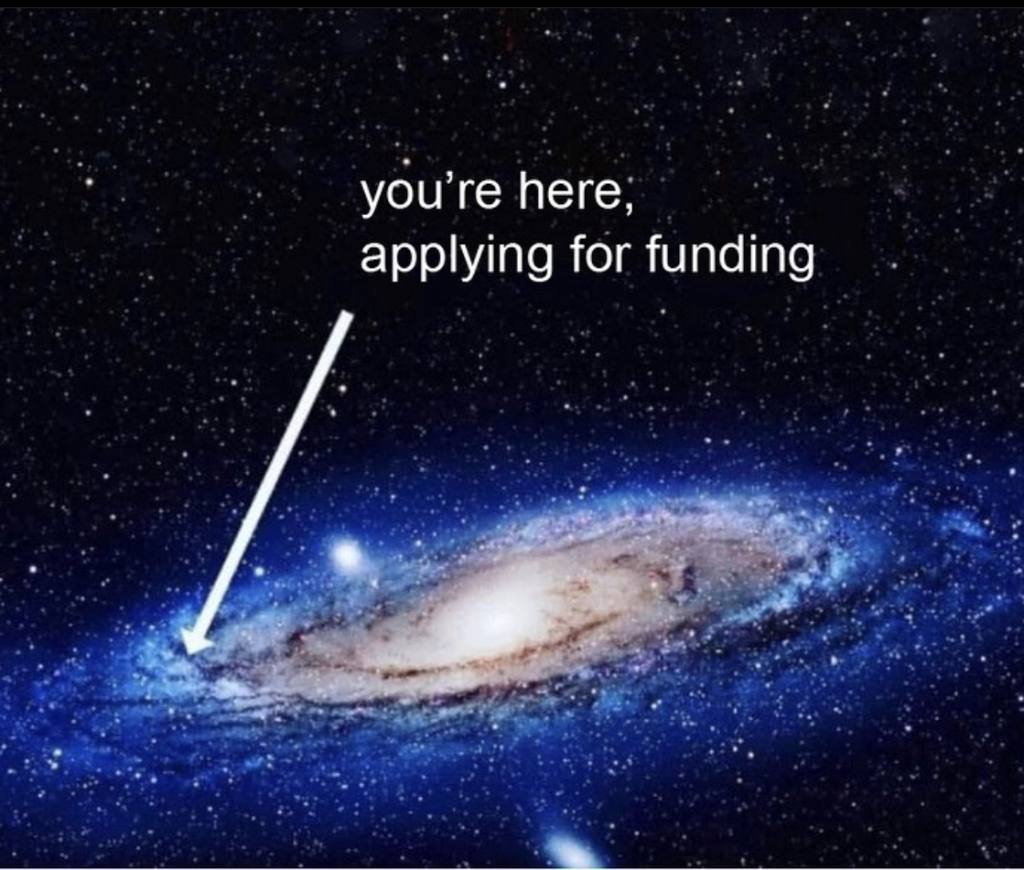
I currently work over sixty hours a week doing something for which I am very passionate. But if I’m being real, I’m worried that we won’t be able to build the operational capacity of the organization fast enough to support the vital artistic programs we already offer. And I feel that I am taking a huge risk by expressing anything other than an easy air of “we got this!” when in public, because it may make the organization seem unsteady and therefore unworthy. Sharing this information is not intended to incite a pity party. I feel fortunate to have a steady income when so many in my community do not. Still, the exchange of a modicum of stability for all my time often feels unbalanced. I am sharing my story as an arts worker because seeing people in positions of power be vulnerable helped me. Vulnerability interrupts perfectionism which keeps us from each other while perpetuating unsustainable and unjust systems.
Disrupting the many harmful behaviors in the arts means looking directly at the ways that unjust systems like white supremacy are knit into our work. White supremacy in the arts sector is upheld by behaviors and practices that are dishonest, exploitative, and opaque. Institutions uphold and maintain the intentions of those in or seeking positions of power. Systemic change in the arts sector means rebuilding with human-centered values while exposing inequities in the distribution of resources pervasive in the field.
As we rebuild our organizations and programs it is crucial to establish a different strategy that centers operational capacity. In doing so, we need to be specific about what our institutions are meant to hold, instead of attempting to find our way back to a normal that wasn’t serving us well to begin with. For ACRE, our operational capacity must match that of our community, including myself and all our full-time staff. Overburdening executive leadership with an unsustainable workload does not serve the community. Beyond replicating the harms of the past, this sets up a structure where the only people who can hold positions of power are those who can commit the most of their own resources (e.g., time, talent, or treasure) which is not the same for everyone. Sustainable practices, by definition, must be able to be maintained.
ACRE is an emergent artist-led organization that nurtures a cooperative organizational structure. Within this structure, establishing equitable practices means prioritizing the processes and procedures that hold the organization accountable to its participants while allowing more people to participate fully. We need to get comfortable doing less. Doing less, in practice, means serving less people annually, producing less programming, and generally reducing our overall output. Doing less, in practice, also means serving the people working with ACRE holistically, designing responsive engagement to meet the capacities of staff and collaborators, investing fully in the programs we produce, and having deeper, more meaningful outcomes.
Organizations are living things that take time to establish and even more time to change. Conditions are not perfect; they are regularly very hard. We all need to untangle from harmful systems and histories that our field actively propagates. If we make the choice to prioritize equity, we are choosing to center care. With care, we need to move slowly. Working towards caring institutional change within the arts sector means establishing practices that serve human people–and all the beautiful, complicated mess that makes us whole and brings us to our work in the arts.
[1] Cherbo, Joni Maya, et al. Understanding the Arts and Creative Sector in the United States. 2008., pg 14-15.

The MDW Atlas is an online publication created to complement the return of the one and only MDW Fair. For the Atlas, MDW invited editors from states across the Midwest to work with artists and writers to create stories, artwork, media, or writings around a topic or theme. Sixty writer Tempestt Hazel was one of the editors invited to represent Illinois and asked to revisit the 2019 essay Artists Gotta Eat and Other Things We Forget to Remember on creative labor, working conditions, and the practice of paying artists. Read more writings from MDW Atlas here.
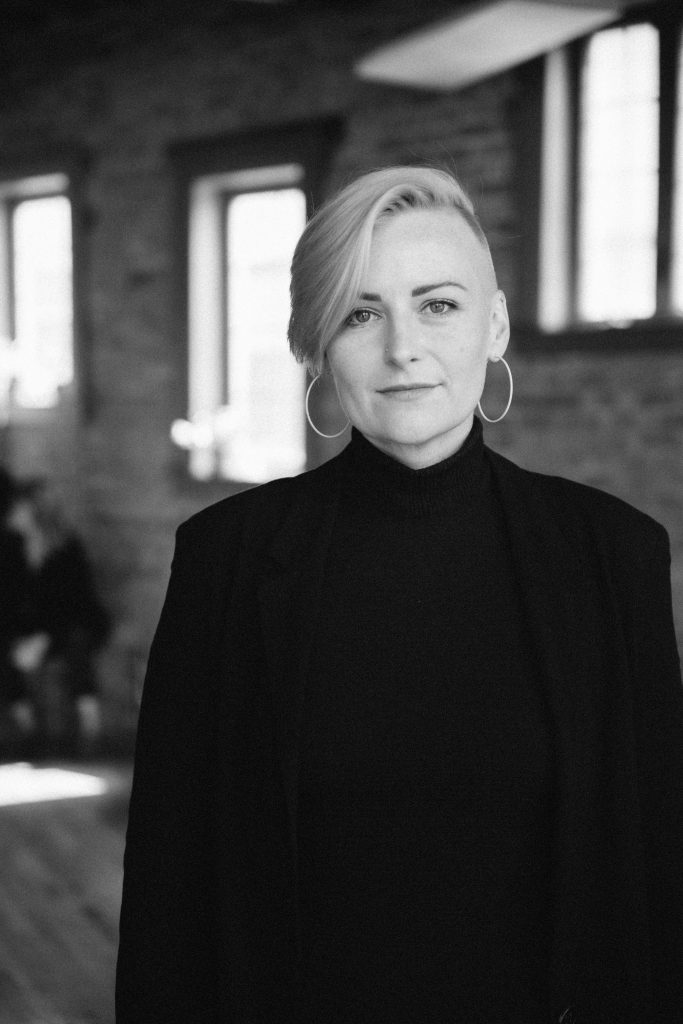
Kate Bowen is an artist and educator living and working in Chicago, IL. She is currently the Executive Director of ACRE (Artists’ Cooperative Residency & Exhibitions); an artist-led, community focused residency and exhibition program based in Chicago, IL and Steuben, WI. She is a member of the Board of Pilsen Alliance; a non-profit focused on raising grassroots leadership and fighting for community self-determination on Chicago’s lower south side. As an organizer and arts worker her practice is grounded in collaborative, abundant community building. She believes in open experimental platforms and feral pedagogical systems. She also works with the Museum of Contemporary Photography as their Video Programs Coordinator and as a technical assistant to the artist Barbara Kasten.
